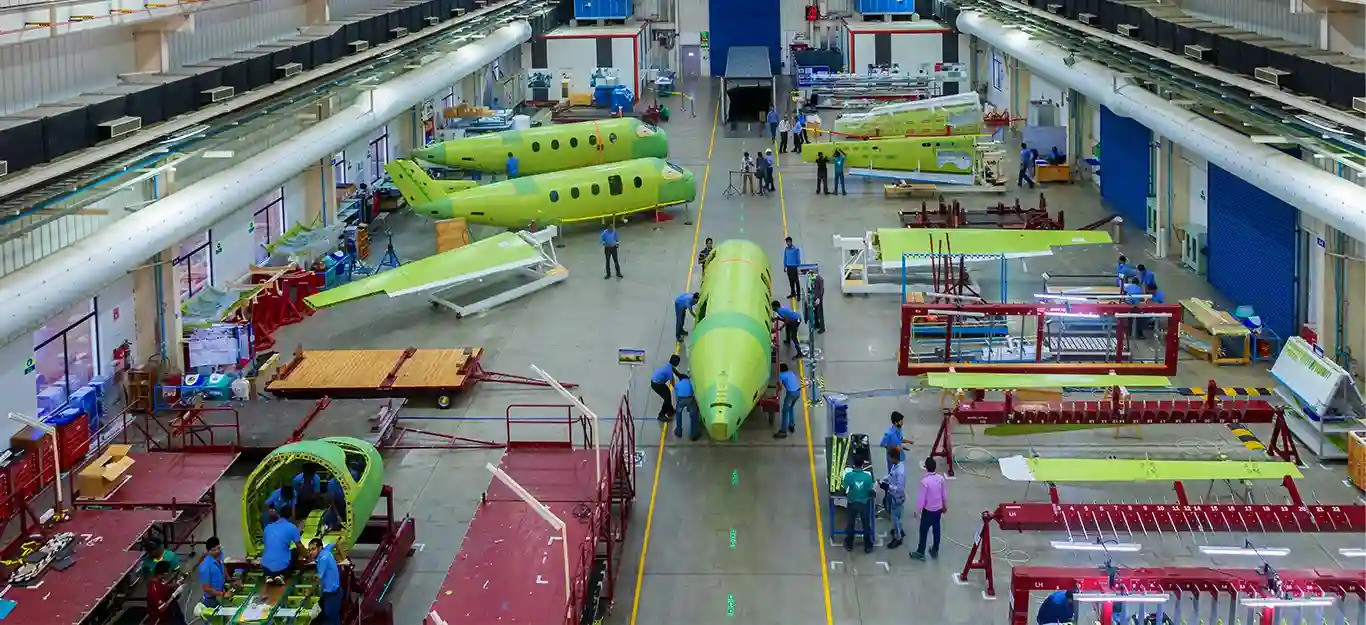SOURCE: AFI

The winds of change are blowing through the Indo-US defense partnership. The Pentagon, the headquarters of the US Department of Defense, is actively encouraging American defense companies, also known as the Military-Industrial Complex (MIC), to set up component manufacturing facilities in India. This strategic shift has the potential to transform India into a major defense exporter, with American firms playing a key role in the process.
The United States and India have been steadily enhancing their defense cooperation over the past two decades. With shared interests in regional stability, counter-terrorism, and maritime security, both countries have sought to deepen their strategic partnership. The Pentagon’s push for American defense companies to invest in India is a testament to the growing importance of this relationship.
One of the key initiatives driving this partnership is the establishment of components manufacturing facilities in India. By leveraging India’s skilled workforce and growing industrial capabilities, American defense companies can lower production costs and improve supply chain efficiency. This not only benefits American firms but also contributes to India’s economic growth and technological advancement.
India’s geographic location makes it an ideal hub for defense manufacturing and export. Situated at the crossroads of major shipping routes, India offers easy access to key markets in Asia, Africa, and the Middle East. Additionally, India’s membership in various defense forums and organizations provides American companies with opportunities to showcase their products and forge new partnerships.
China’s growing military presence in the region is a concern for both the US and India. By fostering a robust Indian defense industry, the US aims to create a counterweight to China’s military dominance. The influx of US companies into India’s defense sector presents a win-win situation. American firms gain access to a vast Indian market and potentially lower production costs, while India benefits from technology transfer and job creation.
While the prospects for American defense industry expansion in India are promising, several challenges lie ahead. Regulatory hurdles, bureaucratic red tape, and geopolitical considerations could pose obstacles to investment and collaboration. However, with political will and strategic alignment, these challenges can be overcome, unlocking new opportunities for both countries.